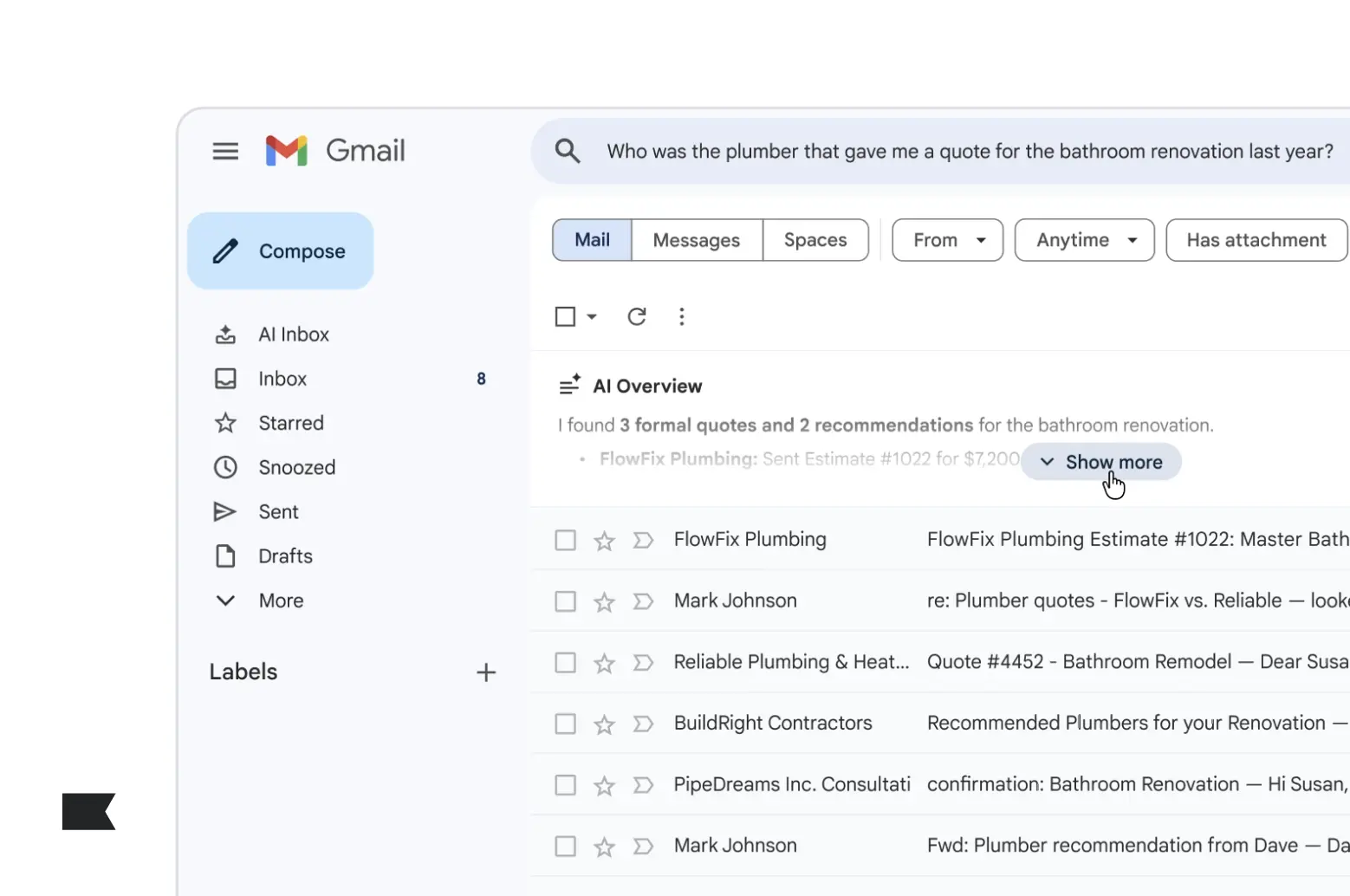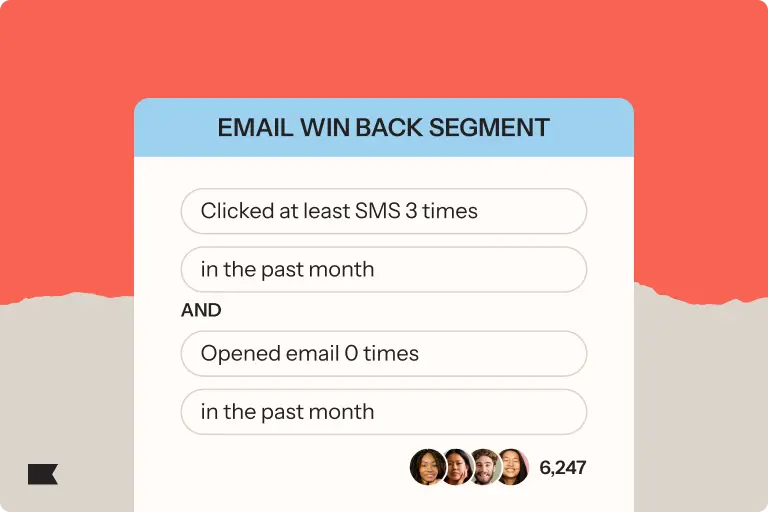iOS 17: Everything marketers need to know
Apple’s iOS 17 update was released in mid-September, and, chances are, it got your attention. Apple updates usually do, since iOS 14 may have ballooned your social spending—or prompted you to cut down your advertising on social, while iOS 15 made open rates unreliable.
But hopefully iOS 17 isn’t significantly affecting your marketing strategy.
If you’re a Klaviyo user, it shouldn’t affect you at all.
Our team is keeping a close eye on any impact to Klaviyo customers––and in the event we find one, we’ll be in touch first thing, and building solutions, too.
Read on to learn about Apple’s link tracking protection feature.
Link tracking protection in iOS 17: how is it affecting marketing?
For marketers, the most worrisome feature of iOS 17 is link tracking protection, which removes user-identifiable parameters from URLs when a user is browsing in private mode on Safari or using Apple’s Mail or Messages.
This means brands aren’t able to track users across platforms from ad campaigns. Apple offers private click measurement ad attribution, though it won’t track individual user data.
But take heart: Plenty of people don’t use Safari, let alone in private browsing mode.
Tori Shulman, senior manager of performance media at Klaviyo, shares some reassuring insight for marketers: “UTMs remain intact, so advertisers can still track traffic source.”
UTMs remain intact, so advertisers can still track traffic source.
But, she says, “all other tracking parameters from ad platforms and servers like Google Ads and Campaign Manager have been stripped.”
Since ad platforms are stripped of their tracking parameters, certain targeting capabilities like lookalike modeling and retargeting have become more challenging.
The Klaviyo team is exploring longer term solutions around engagement tracking that will be able to enhance marketers’ experience using Klaviyo without compromising end user privacy.

Image source: Twitter
How does iOS 17 affect email and SMS marketing?
As long as you aren’t sending raw links, the iOS 17 updates shouldn’t affect your email or SMS marketing sends. (It’s possible this may change, though.)
Ideally, the tool you use to send your marketing emails and SMS messages takes care of link redirects.
Amanda Kane, senior product manager at Klaviyo, shares: “Klaviyo uses a link redirect to track clicks for SMS and email and appends any UTM parameters after the redirect.”
Klaviyo uses a link redirect to track links for SMS and email and appends any UTM parameters after the redirect.
This means that tracking click rates from your marketing emails and SMS messages hasn’t changed within Klaviyo.

Image source: Twitter
So, if you’re looking to invest more in a certain marketing channel in 2024, email and SMS—your owned marketing channels—are good bets.
“We recognize this update as signaling the eventual phase-out of third-party cookies and cross-site tracking,” says Rob Hand, SMS product marketing manager at Klaviyo.
For brands that haven’t invested in collecting zero- and first-party data, “time is running out,” Hand warns. “And for those that have been using quizzes, surveys, or email and SMS to engage with and learn more about their subscribers, those investments should be paying off and becoming even more valuable practices in the near future.”
For brands that haven’t invested in collecting zero- and first-party data, time is running out.
Zero- and first-party data: the future of marketing
User privacy is a worthy cause—we all want it, and we all know it’s the right thing to do. Respecting user privacy also sets your relationships with your customers up to be consensual and trusting.
Elayne Lai, senior manager of business intelligence at Klaviyo, points out that “privacy protection policies like Apple’s iOS are a good reminder for brands to be respectful of customers’ choices in how much data they’re willing to share. Customers are more likely to give information to brands they trust.”
“Protecting consumer privacy is a positive change in the industry overall, but it can make reaching the right person with the right message more difficult,” Shulman adds.
To overcome that hurdle, Shulman suggests building relevant content with a combination of zero- and first-party data.
- Zero-party data is information that people voluntarily give to brands, like email addresses, phone numbers, and birthdays.
- First-party data is information that your brand can observe about a shopper while they’re on your website, after collecting consent.
Here are just a few ways first- and zero-party data can help you gain important customer insights you can leverage in your personalized marketing efforts:
- Traffic flow can help you figure out how to increase repeat traffic and optimize your desktop and mobile experiences.
- Average time on site can give you clarity about which pages users are spending the most time on.
- Browse abandonment can help you understand which pages you’ll need to improve to reduce abandonment and whether or not promotional activities like browse abandonment emails and texts are working.
- Cart abandonment can give you insight into which products shoppers are leaving in their carts most frequently.
- Purchase history tells you what types of products your customers purchase and how much money they spend.
- Purchase frequency tells you how often your customers buy from you—so you can predict their next purchase.
- Time since last visit tells you how engaged or out of the loop your customers are.
- Average order value helps you understand how much revenue an individual has generated against what you spent to get them to buy, which can help you determine an effective pricing strategy.
- Subscription activity keeps you updated on when your customers subscribe or unsubscribe from your messaging campaigns.
Minimize the impact of iOS 17 on your marketing strategy
Between iOS 14, 15, and 17, the trend is becoming clearer each year: Brands can no longer track user activity all over the internet and target them with ads wherever they are. Instead, they must collect data from their customers with clarity and consent.
While this may feel overwhelming if you’ve been relying on second- and third-party data, you can set yourself up for longer, more meaningful relationships by focusing on zero- and first-party data.
“As consumers and marketers, we should all be welcoming changes like this,” Hand says. “It protects our personal information from bad actors, and it forces us as marketers and brand owners to build truly great customer experiences that keep consumers coming back.”
iOS 17 FAQs
Here are some frequently asked questions about Apple’s iOS 17 update.
When did iOS 17 go live?
Apple’s iOS update went live for the public in mid-September of 2023, with widespread adoption expected by early Q1 of 2024.
How has iOS 17 affected marketing?
Apple’s link tracking protection feature made it difficult for brands to track users across platforms from their ad campaigns with servers like Google Ads and Campaign Manager. But if your brand uses a marketing automation platform like Klaviyo, you can still track click rate from email and SMS marketing campaigns.
How can marketers minimize the effects of iOS 17 on their marketing strategy?
The more you rely on third-party data, the more iOS 17 will affect you. To minimize the effect, focus on collecting and working with a combination of zero- and first-party data.
Will iOS 17 continue to iterate?
Yes, we expect the update to shift the way it affects marketers for a few months. Klaviyo is keeping a close eye on any factors that would cause it to affect your marketing strategy, and we will be proactive with providing guidance as Apple continues to iterate.

Related content

Google is bringing Gemini AI directly into Gmail, changing how emails are summarized, prioritized, and acted on. Here’s what retail marketers need to know—and how to adapt.

Discover the best email marketing platform for ecommerce in 2026. Compare top tools for data, automation, personalization, and deliverability.

Learn how to use Klaviyo SMS, segmentation, and hybrid flows to re-engage lapsed email subscribers, boost deliverability, and drive higher retention.